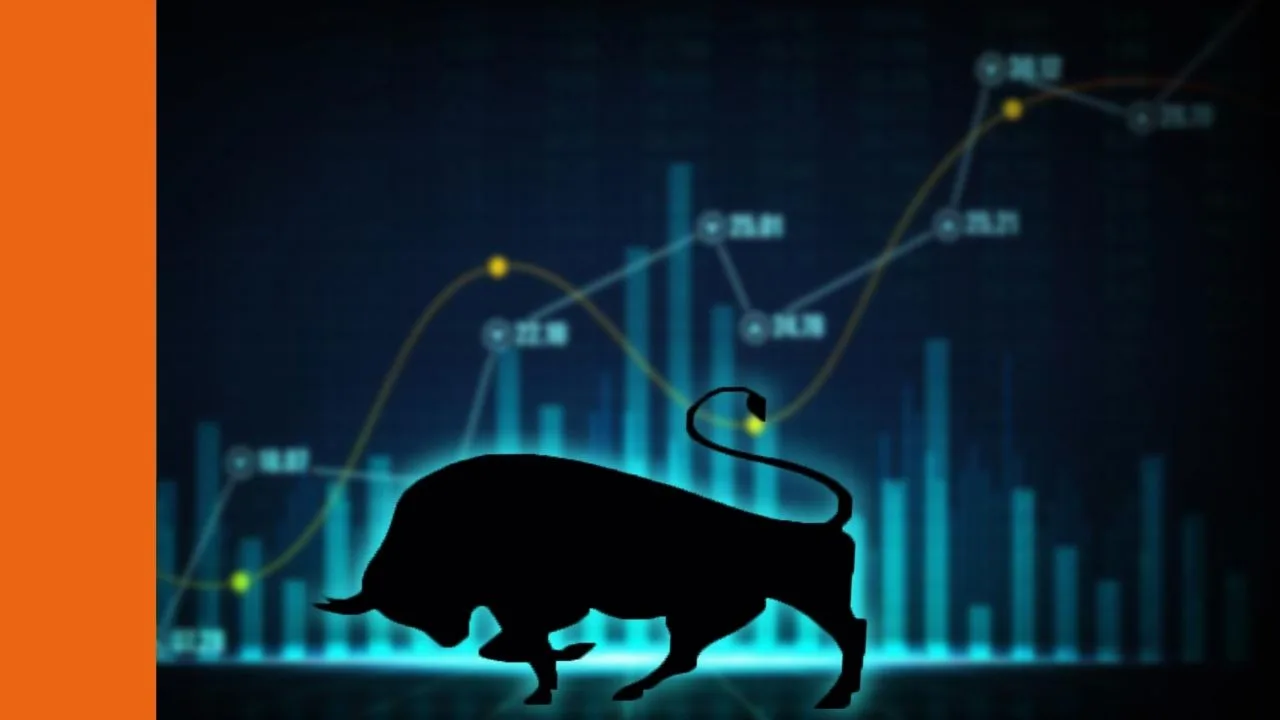COL share price in focus
Coles is an Australian retailer providing customers with everyday products including fresh food, groceries, general merchandise, liquor, fuel and financial services. It was founded in 1914 in Victoria which it still calls its home base.
Coles was formerly owned by conglomerate Wesfarmers from 2007 until 2018, when it was spun-off and listed as a separate entity on the ASX under the ticker symbol ‘COL’. Coles’ earnings are dominated by the supermarkets side of the business, however, it partly or fully owns or operates adjacent businesses like flybuys, Liquorland, First Choice, Vintage Cellars, Coles Express and more.
While Coles is in a way the ‘little brother’ to Woolworths, it still controls a significant share of the Australian grocery market (about 28%). In its short time as its own listed entity, Coles has established itself as a handy and reliable dividend payer.
Let’s talk profits
If you’ve ever tried to read a company’s income statement on the annual report, you’ll know it can get pretty complex. While there are any number of figures you could pull from this statement, three key ones are revenue, gross margin, and profit.
Revenue is important for obvious reasons – everything starts here. If you can’t generate revenue, you can’t generate profit. What we’re concerned about is not so much the absolute number, but the trend. COL last reported an annual revenue of $43,684m with a compound annual growth rate (CAGR) over the last 3 years of 3.9% per year.
Moving down the income statement, we then get to gross margin. The gross margin tells us how profitable the core products/services are – before you take into account all the overhead costs, how much money does the company make from selling $100 worth of goods or services? COL’s latest reported gross margin was 26.1%.
Finally, we get to profit, arguably the most important figure. Last financial year Coles Group Ltd reported a profit of $1,118m. That compares to 3 years ago when they made a profit of $1,005m, representing a CAGR of 3.6%.
A pulse check on COL shares
The next thing we need to consider is the capital ‘health’ of the company. What we’re trying to assess here is whether they’re generating a reasonable return on their equity (the total shareholder value) and have a decent safety buffer. One measure we can look at is net debt. This is simply the total debt minus the company’s cash holdings. In the case of COL, the current net debt sits at $9,394m.
A high number here means that a company has a lot of debt which potentially means higher interest payments, greater instability, and higher sensitivity to interest rates. A negative value on the other hand indicates the company has more cash than debt (a useful safety buffer).
Another figure we can look at is the debt/equity percentage. This tells us how much debt the company has relative to shareholder ownership. In other words, how leveraged is the company? COL has a debt/equity ratio of 278.4%, which means they have more debt than equity. This isn’t always a bad thing if the company has stable revenue and good cash flow, but it certainly creates more risk.
Finally, we can look at the return on equity (ROE). The ROE tells us how much profit a company is generating as a percentage of its total equity – high numbers indicate the company is allocating capital well and generating value, while a low number suggests the profits might offer more value if they were paid to shareholders as a dividend. COL generated an ROE of 32.4% in FY24.
What to make of COL shares?
COL has a solid ROE and profits are trending upwards, so it could be a company worth adding to your ASX share price watchlist. However, revenue growth has been low.
Please keep in mind this should only be the beginning of your research. It’s important to get a good grasp of the company’s financials and compare it to its peers. It’s also important to make sure the company is priced fairly. To learn more about share price valuation, you can sign up for one of our many free online investing courses.









